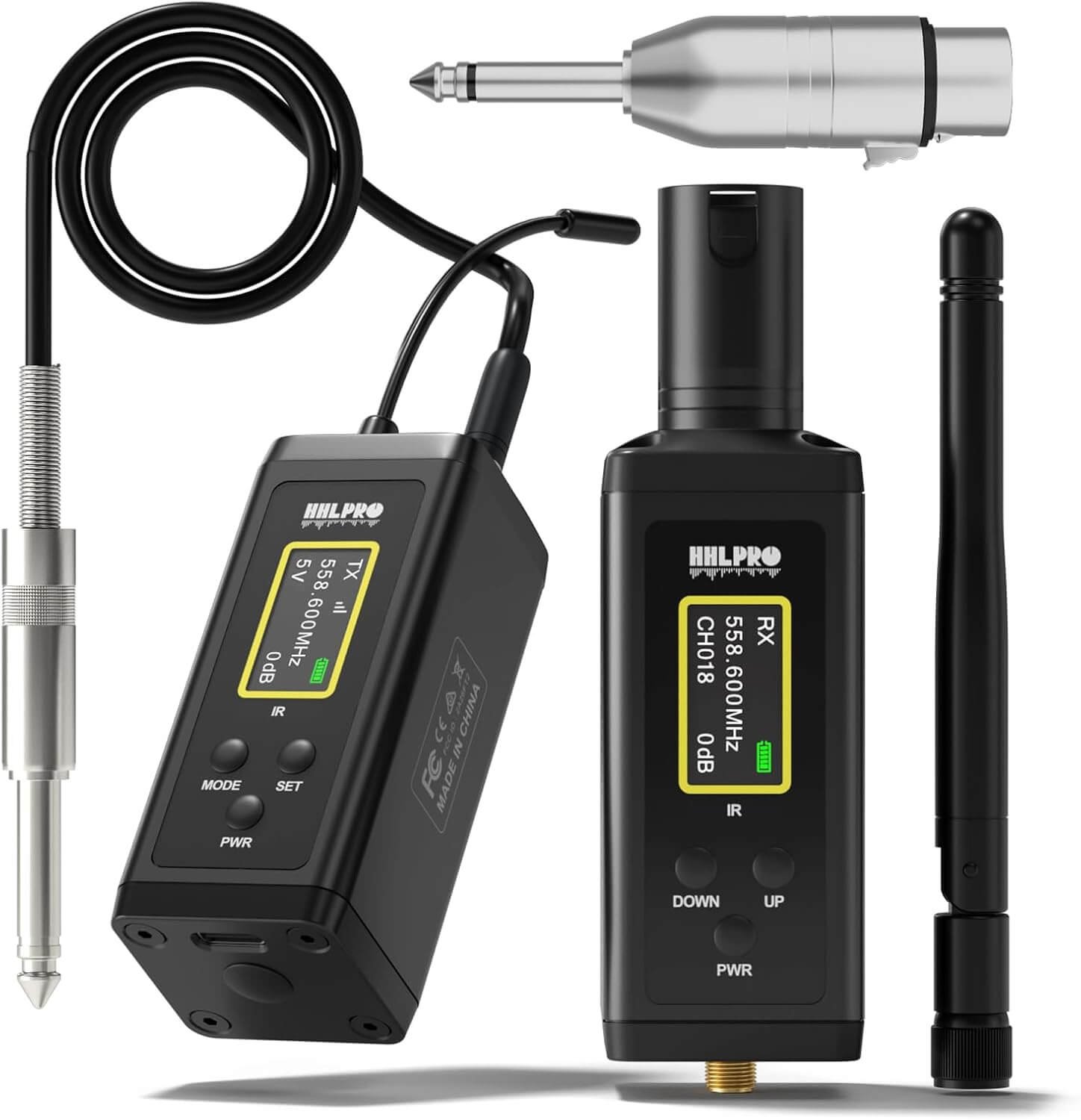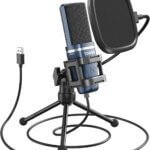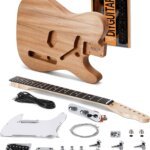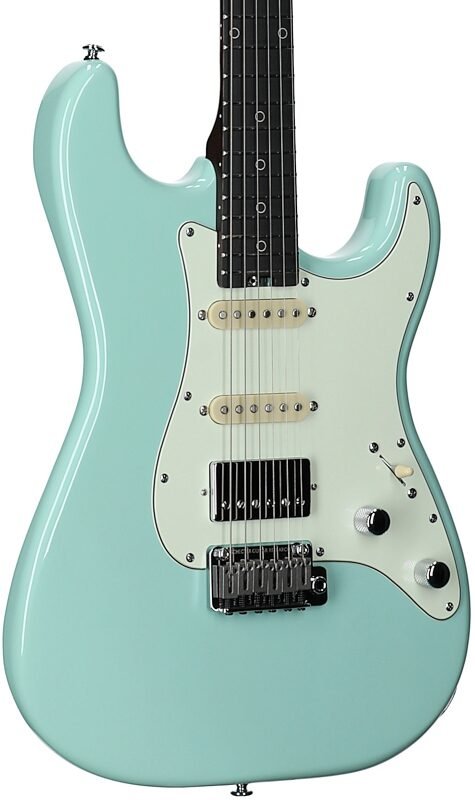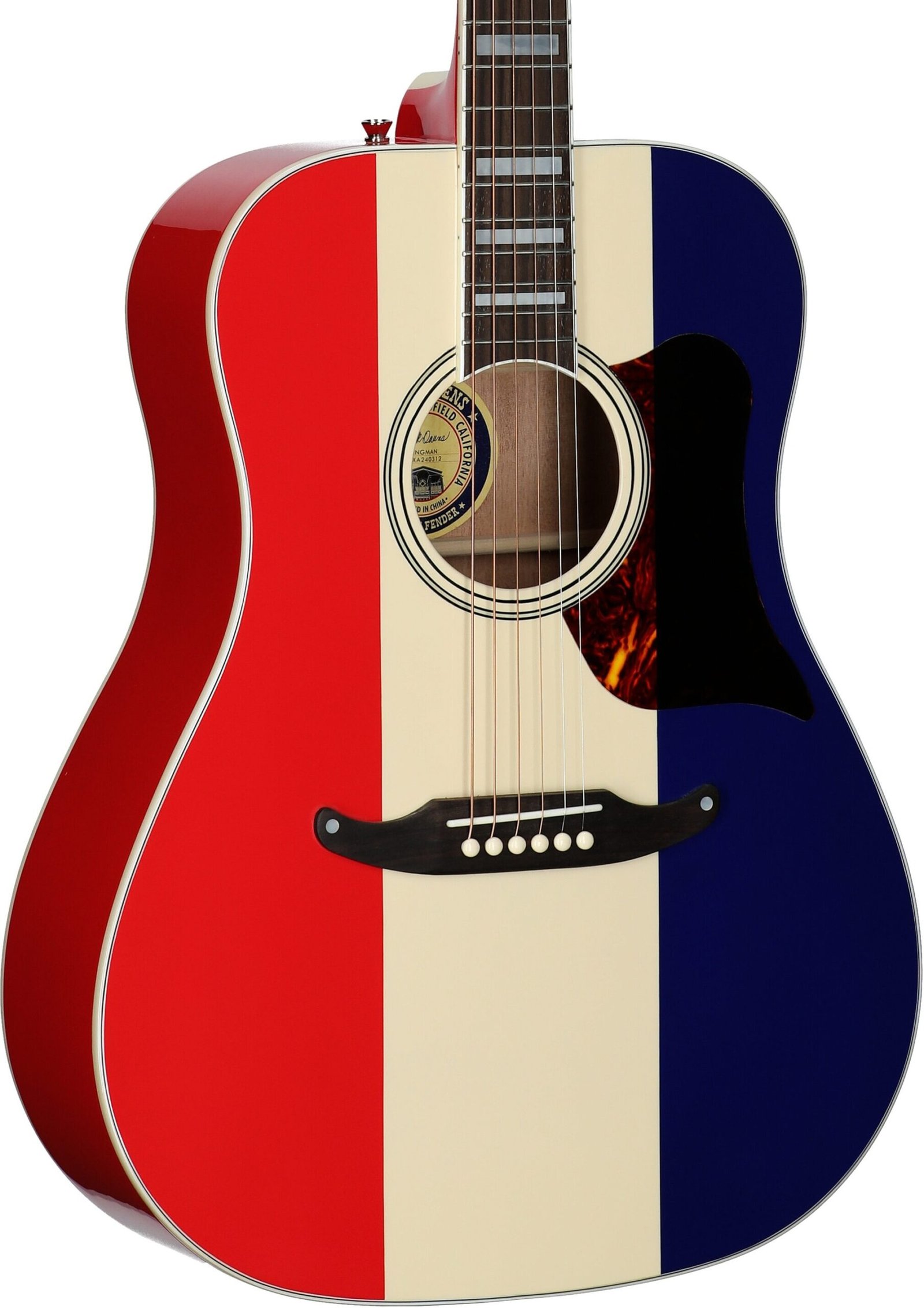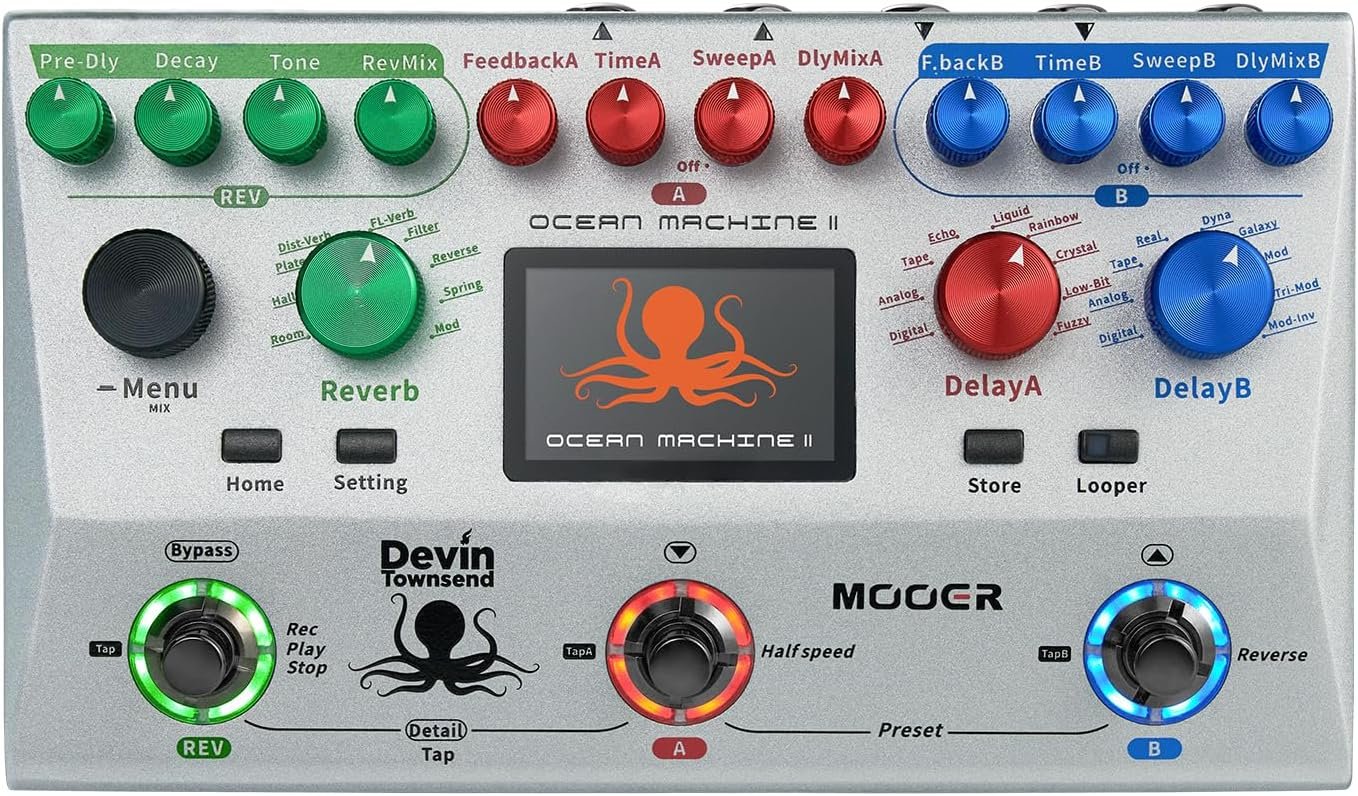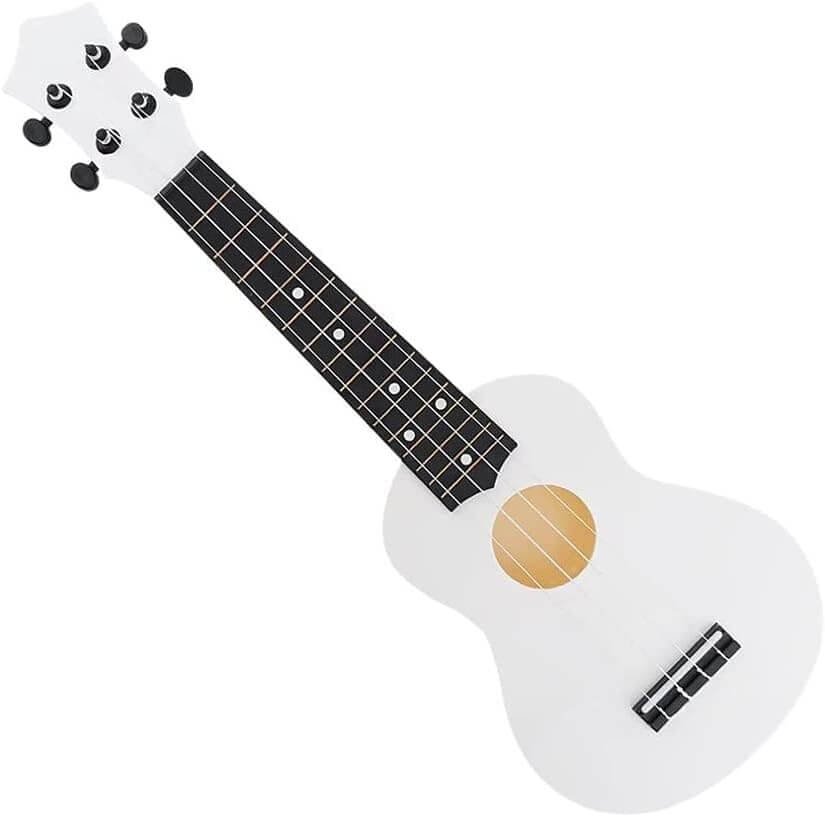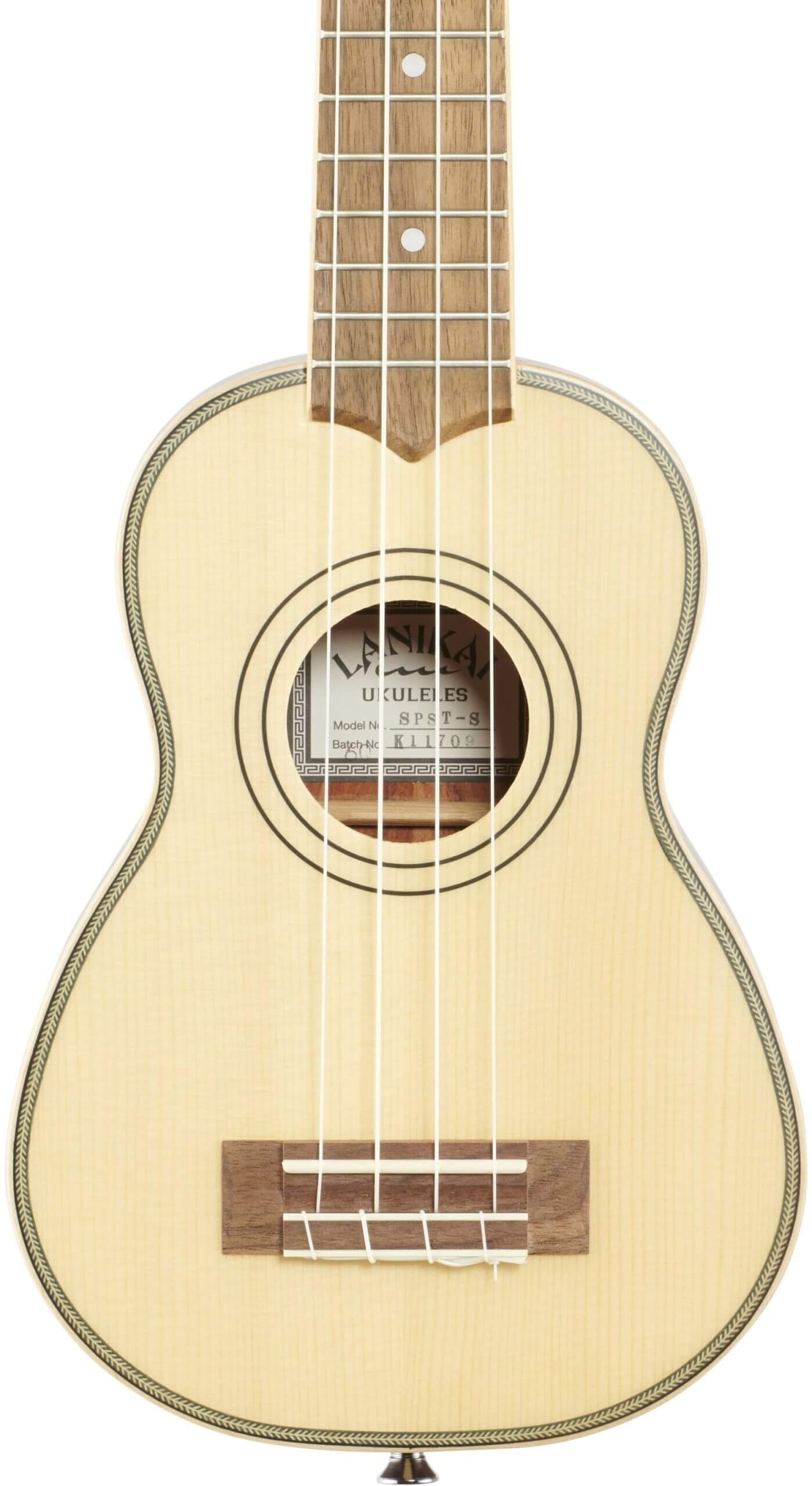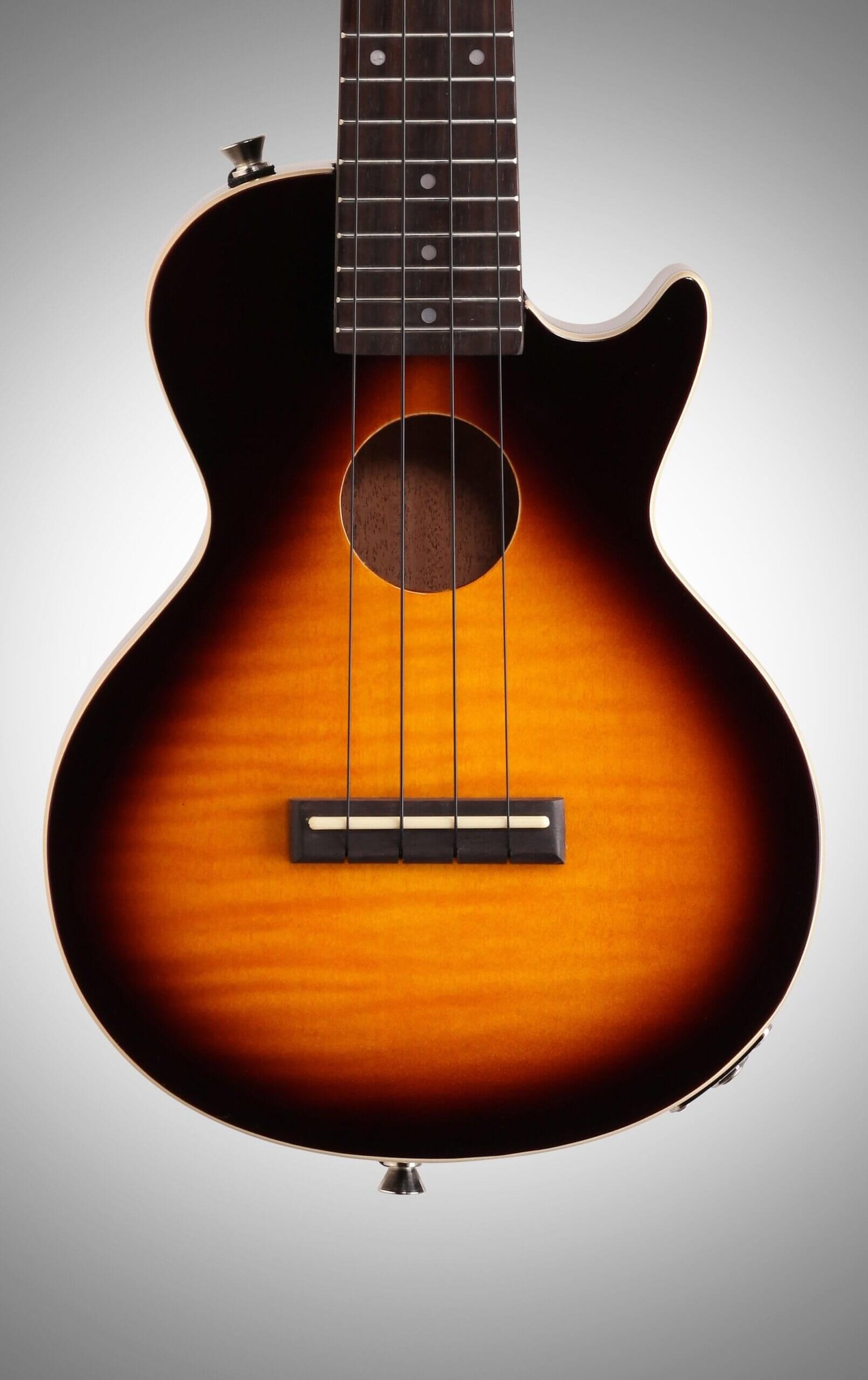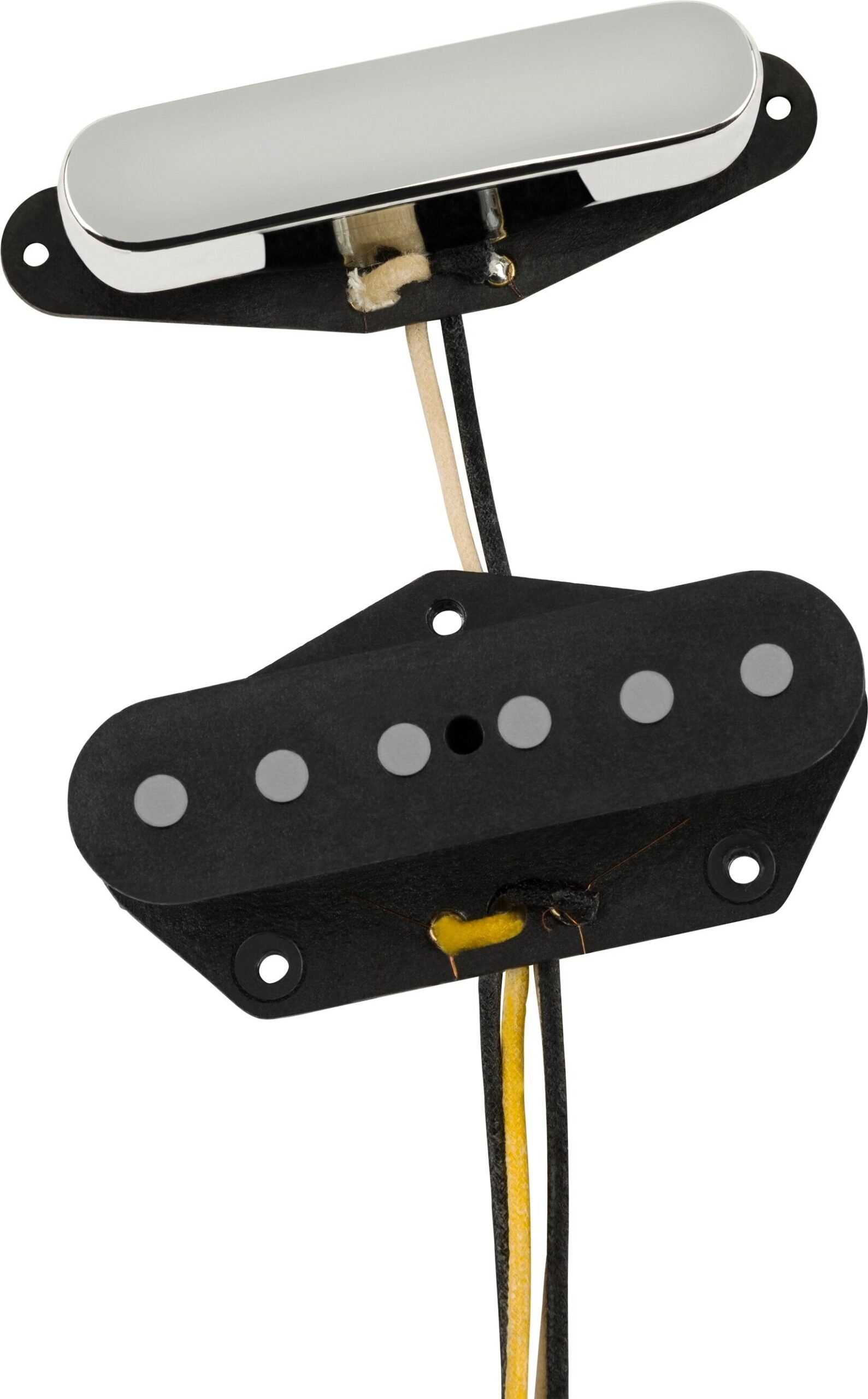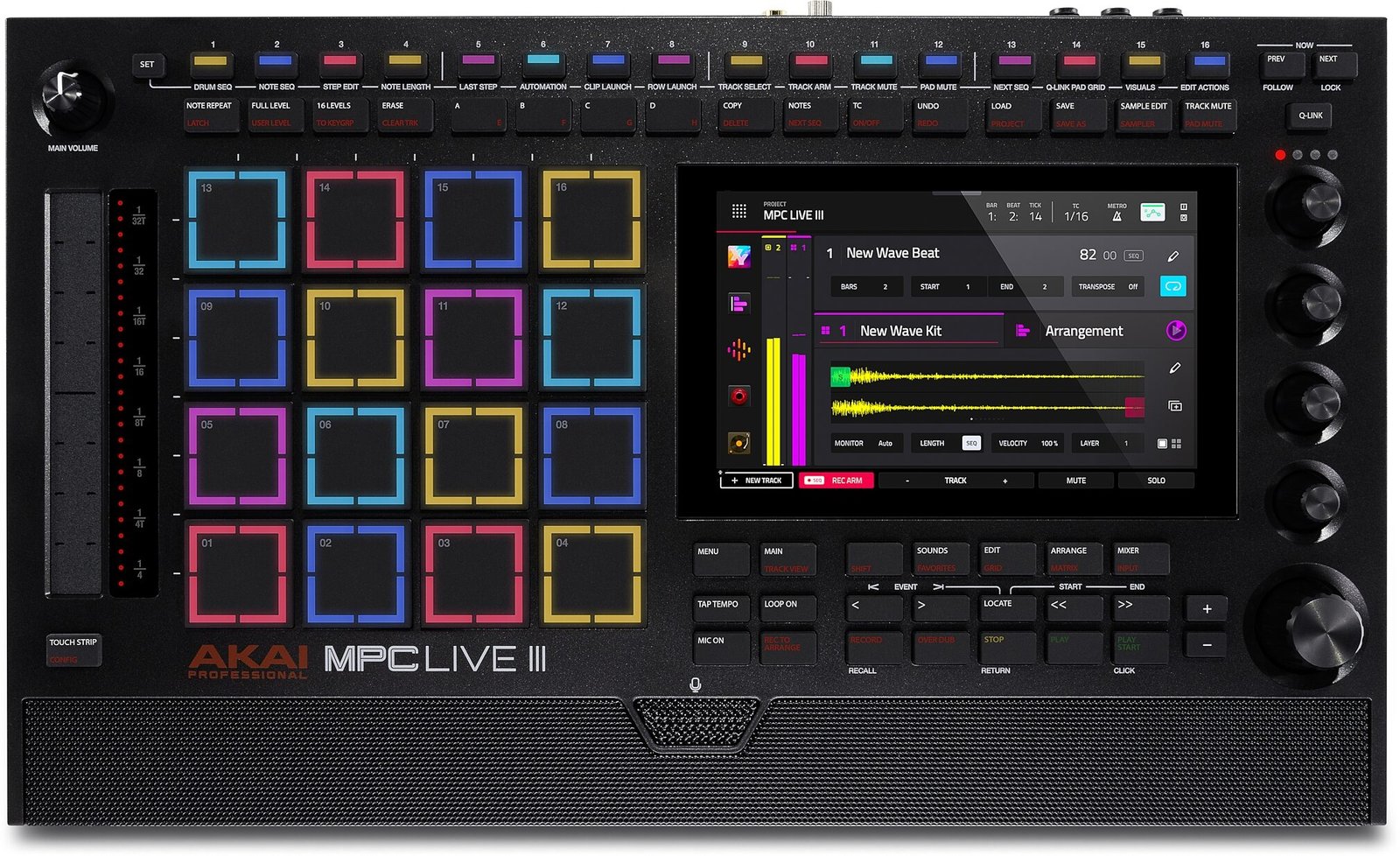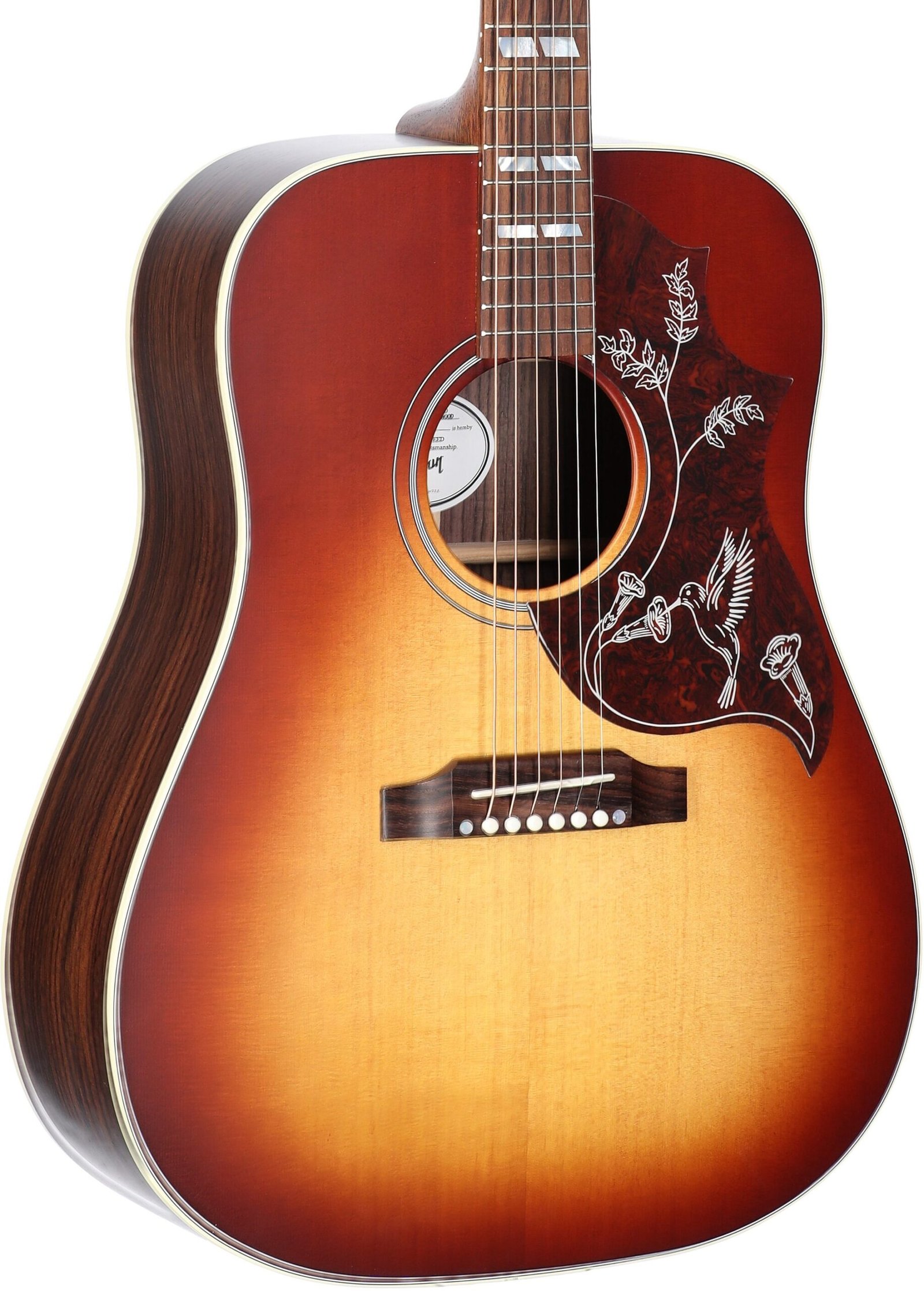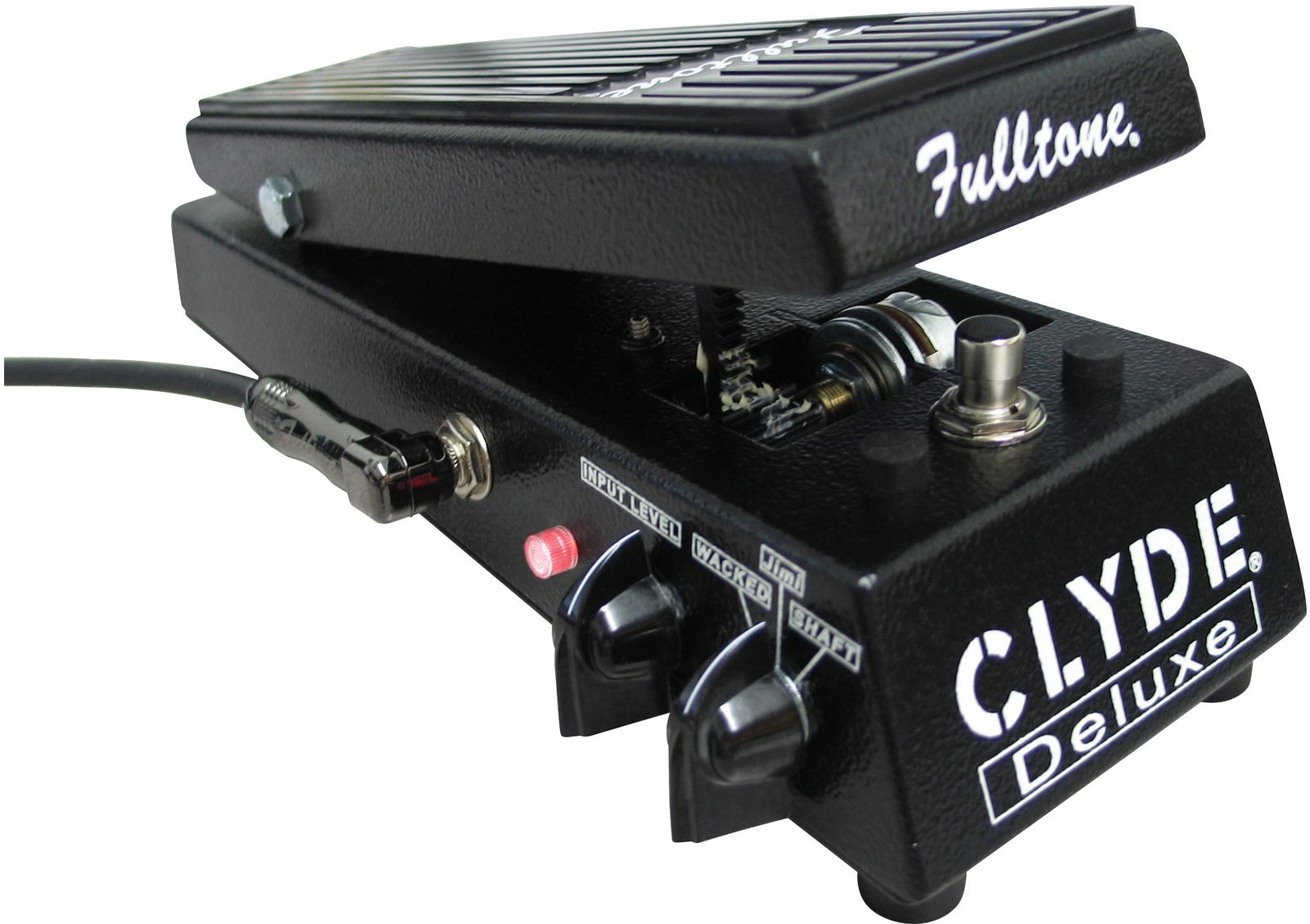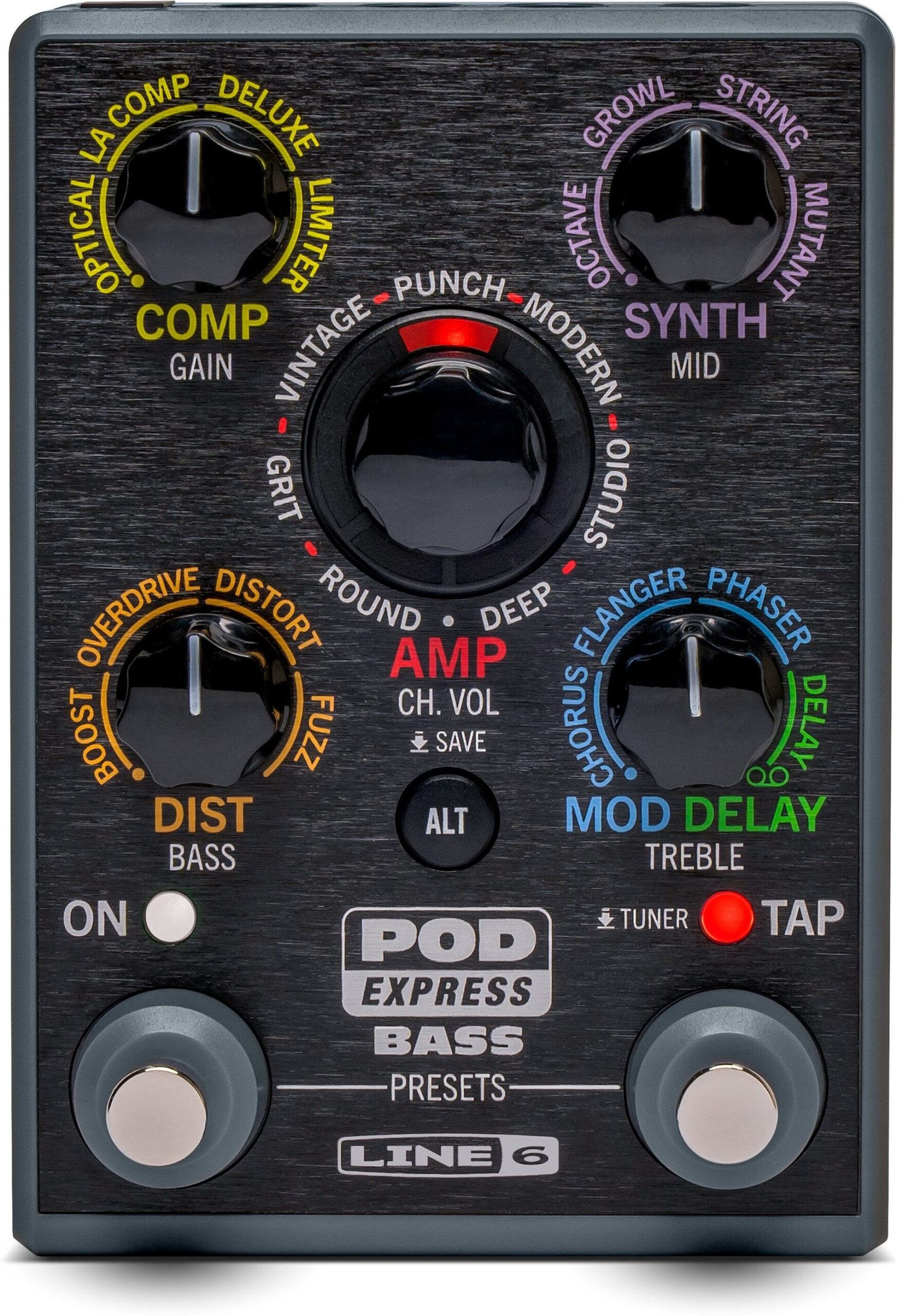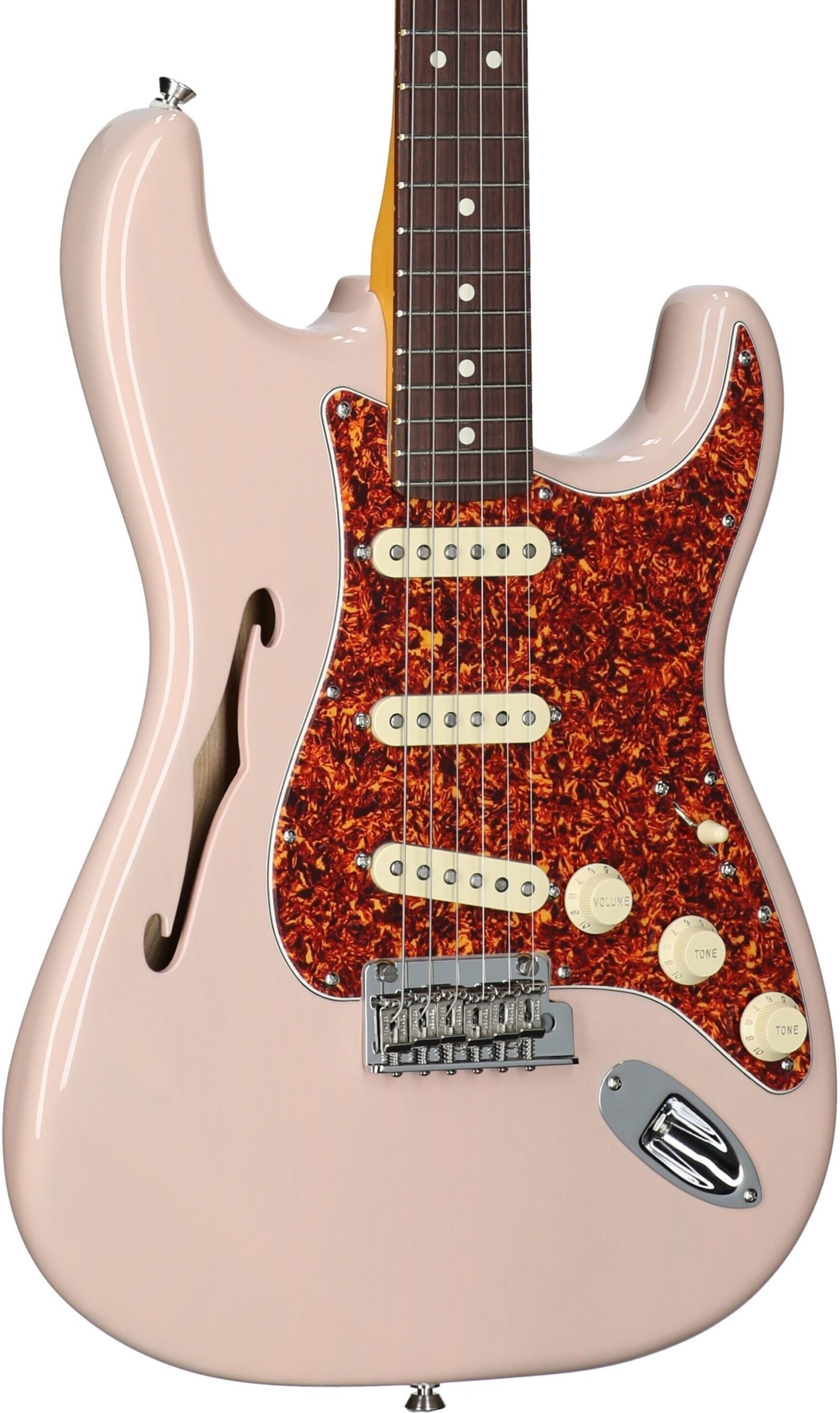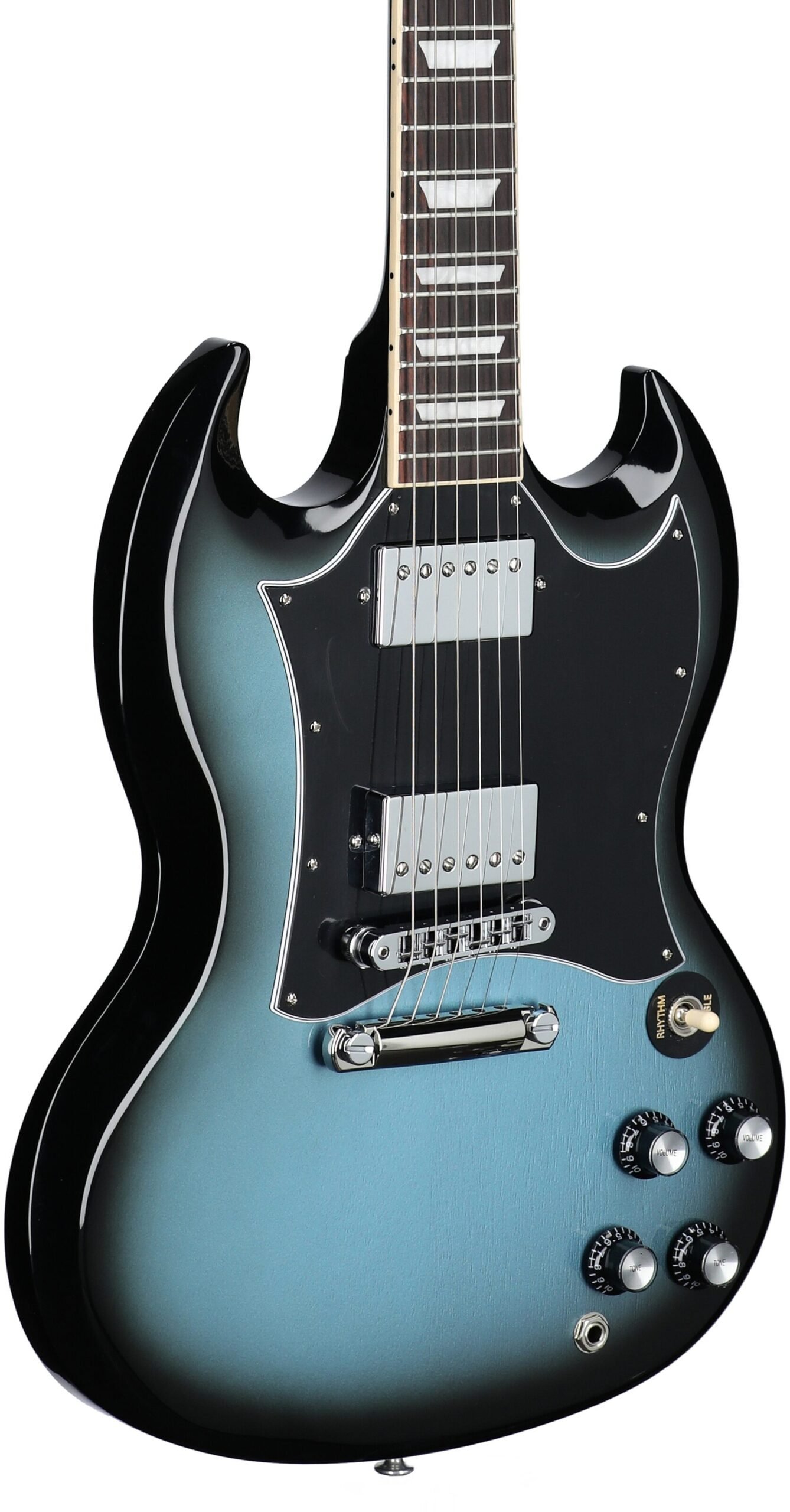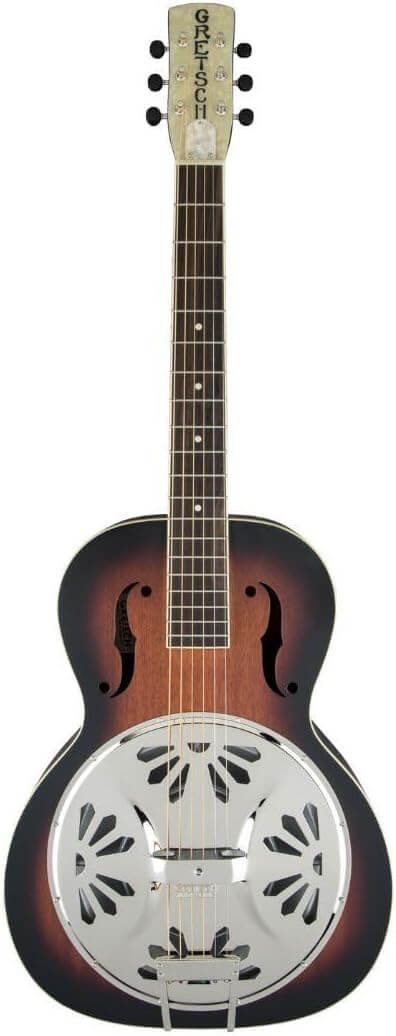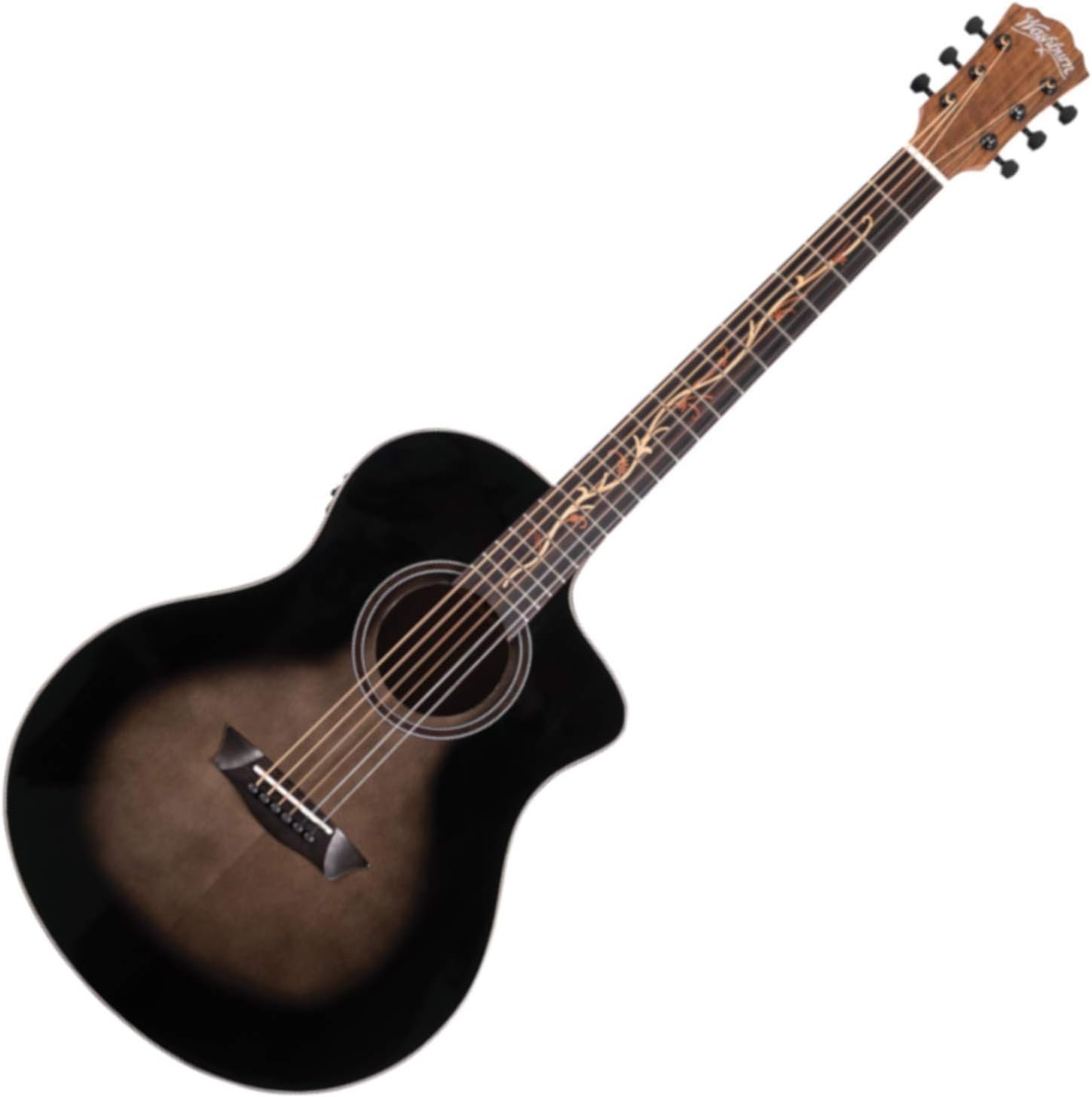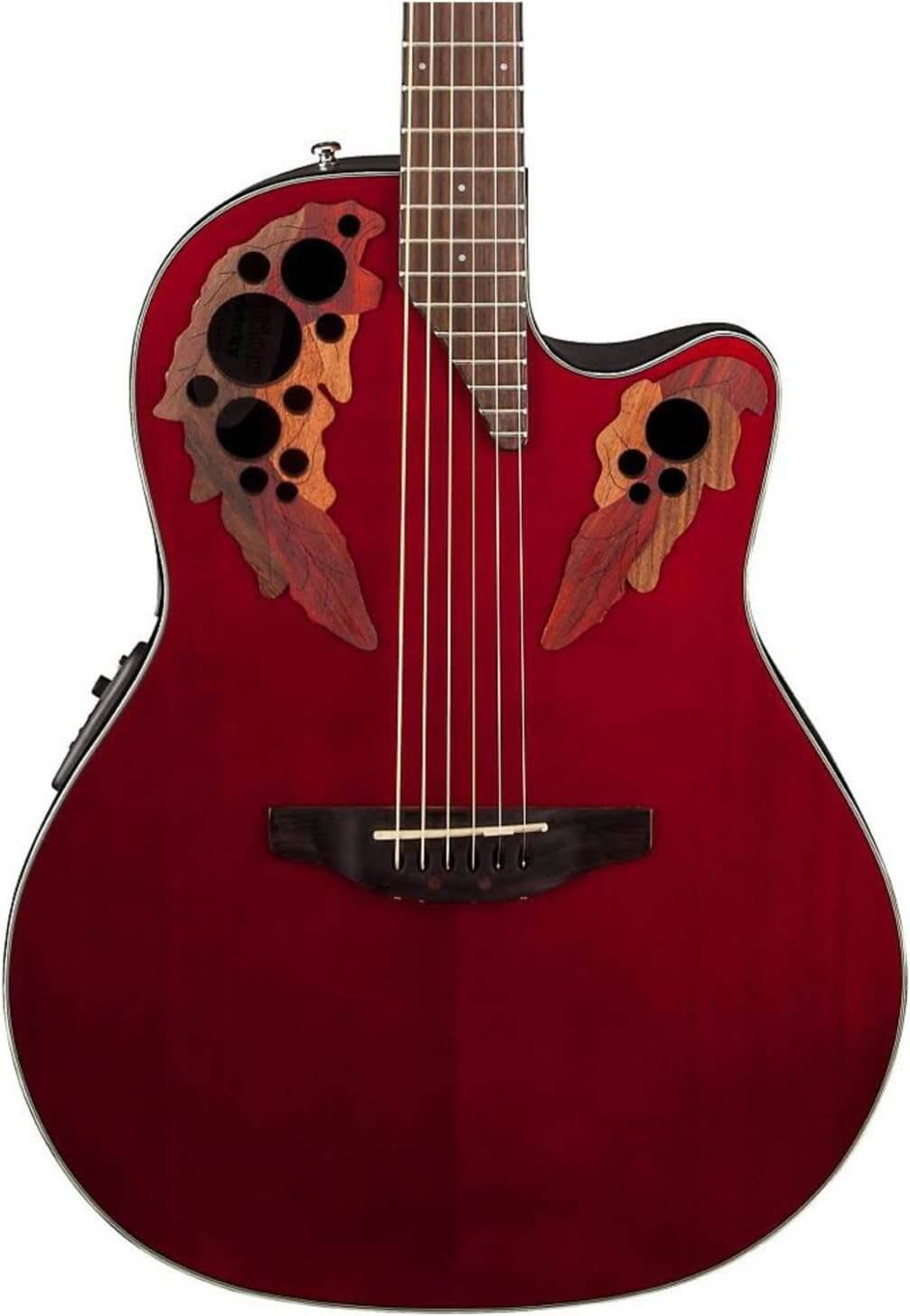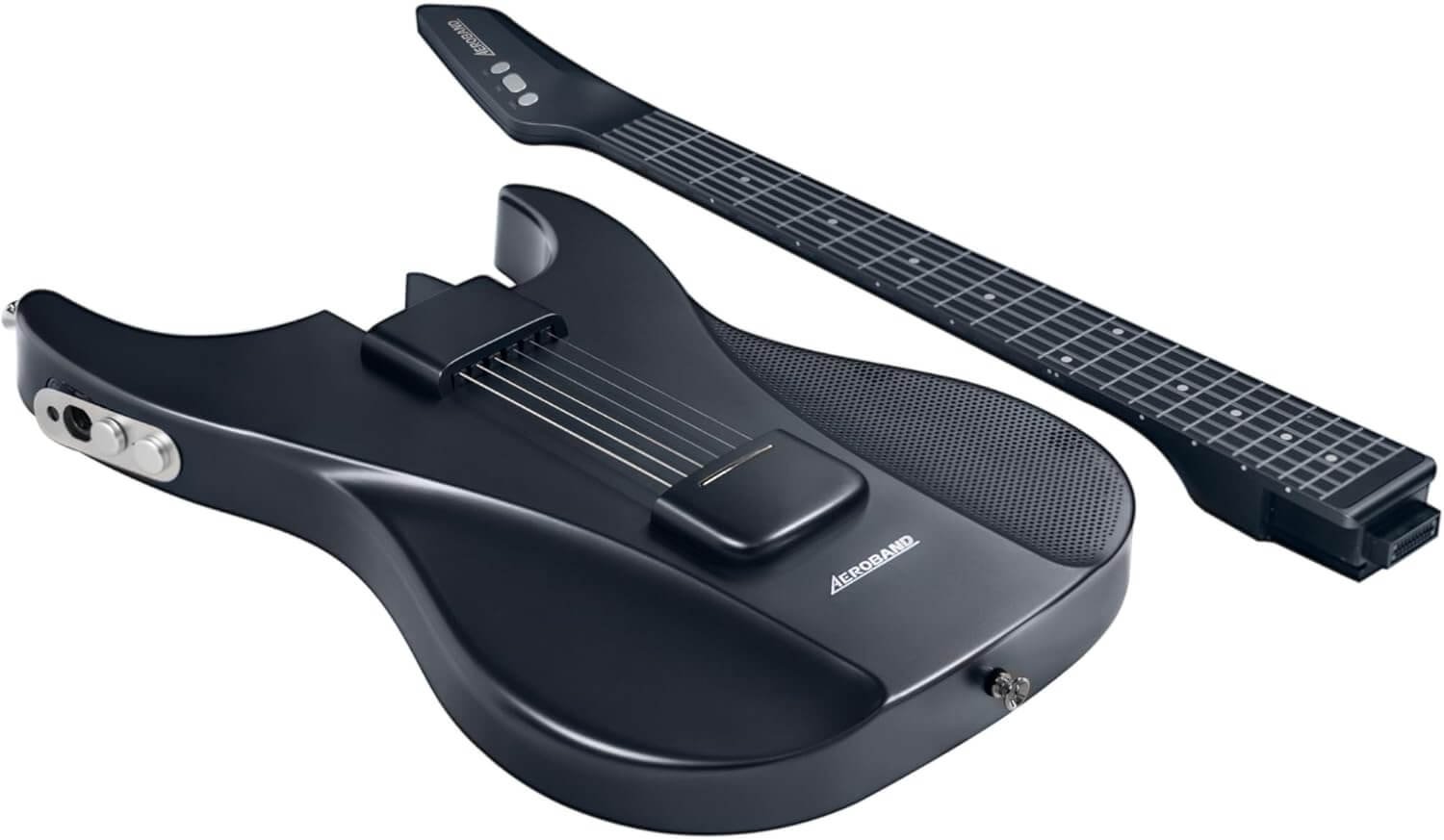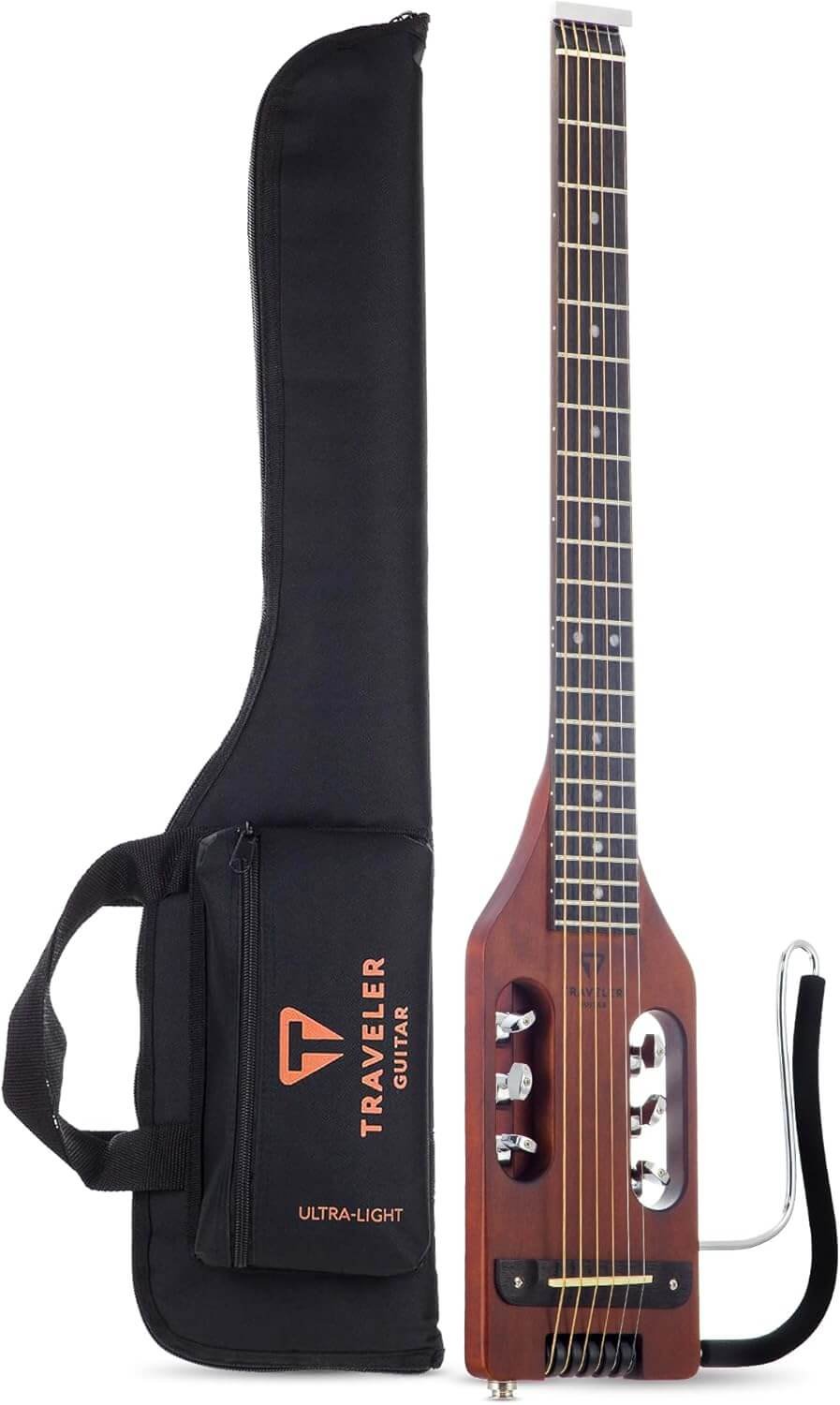Introduction to UHF Wireless Guitar Systems
The evolution of music technology has ushered in a new era for musicians, significantly improving their performance capabilities. Among the most notable advancements is the UHF wireless guitar system, which has gained traction in both amateur and professional circles. UHF, or Ultra High Frequency, designates a specific range of frequencies that are utilized for wireless transmission. This technology is particularly relevant for guitarists, as it allows them the freedom to move around on stage without being tethered by cables, enhancing their overall performance.
One of the key advantages of a UHF wireless guitar system is its strong and reliable signal transmission. This ensures that musicians experience minimal interference, providing a clearer and more consistent audio output. UHF systems typically operate over a broader range of frequencies compared to their VHF counterparts, allowing for a greater selection of channels. This reduces the likelihood of encountering frequency congestion, which is particularly beneficial in environments such as concerts and events where multiple wireless systems may be deployed simultaneously.
Moreover, UHF wireless guitar systems offer an extended range of operation, often reaching distances of up to several hundred feet, depending on the specific model. This capability is crucial for performers on large stages, enabling them to engage with their audience without the constraints of physical connections. Additionally, these systems are designed with innovative features such as rechargeable batteries and LCD displays, enhancing user experience and convenience during performances. As the demand for wireless solutions continues to rise within the music industry, UHF wireless guitar systems are proving indispensable for contemporary musicians looking to elevate their performance and artistry.
Key Features of the F40 Wireless System
The F40 UHF wireless guitar system is designed to enhance the performance experience for musicians through its range of advanced features. One of the standout aspects of this system is its impressive 260-foot range. This allows guitarists to move freely across the stage or rehearsal space without the limitations of traditional cable setups, creating a more dynamic and engaging performance. Musicians can interact with their audience and bandmates without worrying about getting tangled in cords, which is particularly beneficial during live shows.
Moreover, the F40 system offers 32 selectable channels, ensuring that users can find a clear and reliable frequency for transmission. This feature is vital for environments where multiple wireless systems may be in use simultaneously, such as concerts and festivals. By providing numerous channel options, the F40 minimizes the likelihood of interference, thereby maintaining a high-quality audio signal. This feature is essential for musicians who rely on clarity and consistency in their sound during performances.
Another prominent feature of the F40 UHF wireless guitar system is its dual-volume control. This functionality allows musicians to balance their input levels easily and ensures optimal sound without distortion. Whether in a quiet rehearsal setting or a high-energy concert, the ability to adjust volume levels on the fly significantly enhances the musician’s ability to adapt to different acoustic environments and audience dynamics.
Lastly, the rechargeable capabilities of the F40 system offer convenience that is indispensable to today’s performing artists. Musicians can spend less time worrying about battery replacements and more time focused on their artistry. The rechargeable batteries provide extended playtime, making this wireless guitar system a reliable companion for both practice and performance. Ultimately, these features combine to establish the F40 as a top choice among UHF wireless guitar systems, offering superior sound quality and improved usability for musicians at every level.
How Does Wireless Technology Work for Instruments?
Wireless technology has significantly transformed the way musicians approach performance, particularly through the use of devices like the UHF wireless guitar system. UHF, or Ultra High Frequency, refers to the radio frequency spectrum that ranges from 300 MHz to 3 GHz. This frequency range is optimal for audio transmission since it allows for a more extended range and greater reliability compared to other frequency bands. When a guitarist uses a UHF wireless guitar system, the sound produced by the instrument is converted into radio signals, which are then transmitted to a receiver connected to an amplifier or sound system.
One of the primary advantages of UHF technology is the ability to utilize multiple frequency channels. Each wireless system operates on designated frequencies, enabling several musicians to perform simultaneously without interference. This is particularly beneficial in settings like concerts, where various performers may be using wireless devices. The versatility in frequency channels helps keep the audio transmission clear and consistent, thus enhancing the overall performance quality.
The mechanics of wireless transmission play a crucial role in maintaining sound integrity. With a UHF wireless guitar system, audio signals are transmitted in real-time, which factors in latency, or the delay of signal transfer. High-quality systems aim to minimize this latency to ensure that the sound reaching the audience matches perfectly with the musician’s playing. Moreover, advanced compression algorithms are often employed to manage data efficiently, ensuring that the audio quality remains intact while wireless signals travel over distances.
While wireless technology grants mobility and freedom to musicians, it is essential to choose a reliable UHF wireless guitar system to achieve optimal audio performance. Several factors such as range, battery life, and compatibility with instruments further influence the quality of wireless audio transmission. Overall, understanding how these systems operate is vital for any performer looking to enhance their musical experience.
Benefits of Using a Wireless Guitar System
The transition from traditional wired connections to a UHF wireless guitar system offers a multitude of benefits that can significantly enhance a musician’s experience and performance. One of the most notable advantages is the freedom of movement it provides. Musicians who utilize a wireless system can move freely across the stage or even among the audience, creating a dynamic and engaging performance. This unrestricted mobility allows for better interaction with the crowd and an enhanced overall showmanship that captivates the audience. With traditional cables, there is the constant risk of tripping or tangling, which can be detrimental to the flow of a live performance.
Additionally, a wireless guitar system drastically reduces cable clutter, which is often a concern for both musicians and sound engineers. Without the need for multiple cables running across the stage, setup and teardown processes become much more efficient and organized. This reduction in physical connections not only streamlines backstage operations but also minimizes the chances of technical issues occurring during a performance, such as unwanted noise or interference from damaged cables.
Moreover, the overall enhancement in live performances is palpable when using a UHF wireless guitar system. As musicians are able to engage more actively with their audience and have more creative freedom on stage, the performance quality is elevated. The absence of cables allows guitarists to utilize various stage props or even dance, which contributes to a more engaging atmosphere. Thus, the integration of a wireless guitar system can lead to an improved experience not only for artists but also for the audience, making it an essential consideration for those committed to optimizing their live performance capabilities.
Comparing Wired vs. Wireless Guitar Systems
When musicians set out to choose the right equipment, one of the critical decisions they face is between wired and wireless guitar systems. Wired setups are often considered traditional and reliable; however, they come with several limitations that can hinder a musician’s performance. One of the prominent drawbacks of wired systems is their restrictive nature; the cables can tangle, limit movement on stage, and create potential tripping hazards. In addition, the use of long cables can lead to signal degradation, impacting sound quality and overall musical experience.
On the other hand, the UHF wireless guitar system presents a significant evolution in how musicians can perform. These systems utilize radio frequencies to transmit audio signals wirelessly, allowing guitarists unparalleled freedom of movement during performances. With a wireless setup, musicians can roam around stages, interact with audiences, or even engage in dynamic performances without being tethered to an amplifier or platform. This increased mobility can enhance the overall experience for both the performer and the audience.
Moreover, modern wireless guitar systems are equipped with advanced technology that minimizes latency and interference, ensuring that sound quality remains high. UHF systems, in particular, are known for their reliability in various performance settings, as they operate over a broader frequency range. This robustness provides users with a stronger and clearer signal, further enhancing their musical experience by maintaining connection integrity.
In comparing wired and wireless systems, it becomes evident that while traditional wired setups have their advantages, the benefits of a UHF wireless guitar system far outweigh these limitations. With the ability to move freely, reduced risk of interference, and enhanced audio quality, musicians should consider adopting wireless technology for improved performance capabilities. Such considerations are vital for informed decisions about the equipment that shapes their artistic expression.
User Testimonials and Real World Applications
The evolution of guitar technology has brought significant improvements to performance quality, and the feedback from musicians who have utilized the F40 UHF wireless guitar system underscores this. Many guitarists have noted that this wireless system has transformed their live performances by offering enhanced freedom of movement. One guitarist shared, “I used to dread being tethered to my amp. With the UHF wireless guitar system, I can step into the crowd during a solo, which really elevates the overall experience for both me and the audience.”
Moreover, the clarity of sound provided by the F40 system is frequently highlighted in musician feedback. A prominent performer remarked, “The sound quality is crystal clear. I’ve used other wireless systems in the past, but the interference and signal dropout were always a concern. With the F40, I haven’t experienced those issues even in larger venues.” This comment reflects a common theme among users who appreciate the reliable transmission and minimal latency offered by the UHF technology.
In addition to live performances, many musicians have found the F40 UHF wireless guitar system beneficial in studio settings. One session guitarist mentioned, “Working in the studio with a wireless system allows me to move freely, which contributes to a more dynamic recording process. The versatility of the F40 system makes it a fantastic tool for any musician.”
These experiences illustrate that whether it’s during intimate acoustic sets or grand concert performances, the F40 UHF wireless guitar system provides musicians with a practical and effective solution. The testimonials collectively point toward a significant advancement in how guitarists can connect with their music and audience, demonstrating the importance of embracing modern technology in musical performance.
Setup Guide for the F40 Wireless System
The F40 UHF wireless guitar system is designed for ease of use and efficient setup, ensuring that musicians can focus on their performance rather than technical details. Upon unboxing your F40 system, you should find a transmitter, receiver, power adapters, and connecting cables. Begin by reviewing the user manual to familiarize yourself with each component, as this will facilitate a smoother setup process.
First, ensure that your transmitter and receiver are properly charged. Connect the receiver to an AC power source using the provided adapter. It is advisable to place the receiver in a location that allows for a clear line of sight between it and the transmitter, as this will optimize the signal strength. Turn on the receiver and adjust the volume to the desired level.
Next, prepare the transmitter. Connect it to your guitar using the included cable. If your guitar has active electronics, ensure that the battery is not low, as this could impact performance. Once the transmitter is connected, power it on and check the LED indicator to confirm it is transmitting. The transmitter and receiver need to be set to the same channel; if they are not, consult the user manual to easily pair them.
Once both the transmitter and receiver are powered and correctly set to the same channel, you can begin playing your instrument. It is recommended to test the system in your performance environment, paying attention to potential interference from electronic devices or obstacles. The F40 UHF wireless guitar system provides an impressive range, allowing musicians the freedom to move around while playing. This flexibility is crucial for performing artists who rely on mobility and sound clarity.
Finally, after usage, always power off both the transmitter and receiver to conserve battery life. With this setup guide, musicians can enjoy the benefits of the F40 UHF wireless guitar system, leading to a seamless performance experience. In conclusion, following these steps will ensure that you maximize your system’s potential right from the start.
Maintenance Tips for Longevity
Maintaining the functionality and performance of your UHF wireless guitar system is crucial for ensuring its longevity. One of the primary aspects of care involves battery management. It’s advisable to use high-quality, compatible batteries that meet the specifications of your devices. Regularly check the battery levels and replace them before they fully deplete to prevent any disruptions during use. For rechargeable models, adhere to the manufacturer’s guidelines regarding charge cycles to prolong battery life.
Proper storage is another vital element in maintaining your wireless guitar system. When not in use, store the equipment in a protective case to shield it from dust, moisture, and physical impacts. A temperature-controlled environment is ideal, as extreme temperatures can affect the internal components. Always ensure that the transmitter and receiver are powered off during storage to conserve battery life and prevent any potential damage.
Cleaning your UHF wireless guitar system is equally important. Dust and grime can accumulate on the exterior and interfere with the performance of the connections. Use a soft, lint-free cloth to gently wipe down the surfaces of the transmitter and receiver. For more thorough cleaning, you may use a slightly damp cloth, but it is imperative to ensure that no moisture seeps into any openings. Additionally, regularly inspect cables and connectors for wear and tear, replacing any damaged components promptly to maintain optimal performance.
By incorporating these maintenance tips into your routine, you can significantly enhance the longevity of your wireless guitar system. Through diligent care—effective battery management, proper storage, and regular cleaning—you will ensure that your equipment consistently performs at its best, allowing you to focus on your music without interruptions.
Conclusion: Invest in Your Sound Quality
In the modern music landscape, the importance of audio quality cannot be overstated. Musicians are always seeking solutions that allow them to express their creativity without the limitations that traditional wired setups impose. The F40 UHF wireless guitar system stands out as an optimal choice for those who prioritize sound clarity and freedom of movement during performances or practice sessions.
With its reliable connection and minimal interference, the UHF wireless guitar system enables artists to roam freely on stage, engaging with their audience while maintaining the integrity of their sound. This system’s advanced technology ensures that the audio remains crisp and vibrant, allowing musicians to focus on their performance without worrying about cumbersome cables or connectivity issues. Transitioning to a wireless setup not only enhances mobility but also elevates the overall performance experience.
Notably, the investment in a high-quality UHF system like the F40 can significantly impact a musician’s career. As performers strive to deliver exceptional listening experiences, having access to superior sound quality through a modern wireless guitar system can differentiate them in a competitive industry. Furthermore, the durability and reliability of such systems translate into long-term value, minimizing the need for frequent replacements or repairs.
As you consider enhancing your performances, take the next step by investing in a UHF wireless guitar system. The benefits of improved sound quality and performance flexibility are undeniable, leading to a more satisfying and successful musical journey. Embrace the freedom to move and play without limitations; this could be the transformative upgrade your artistry requires.

